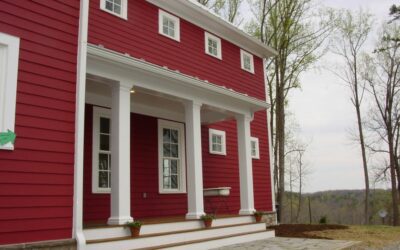You hear it all the time, but I am here to tell you:: Green does not cost more, quality costs...
Go green and take advantage of the tax-free weekend for school supplies
Tax-free weekend Each year it seems the school supply displays appear earlier and earlier. There...
Does Going Green cost more?
Does Going Green cost more?

